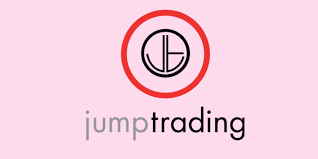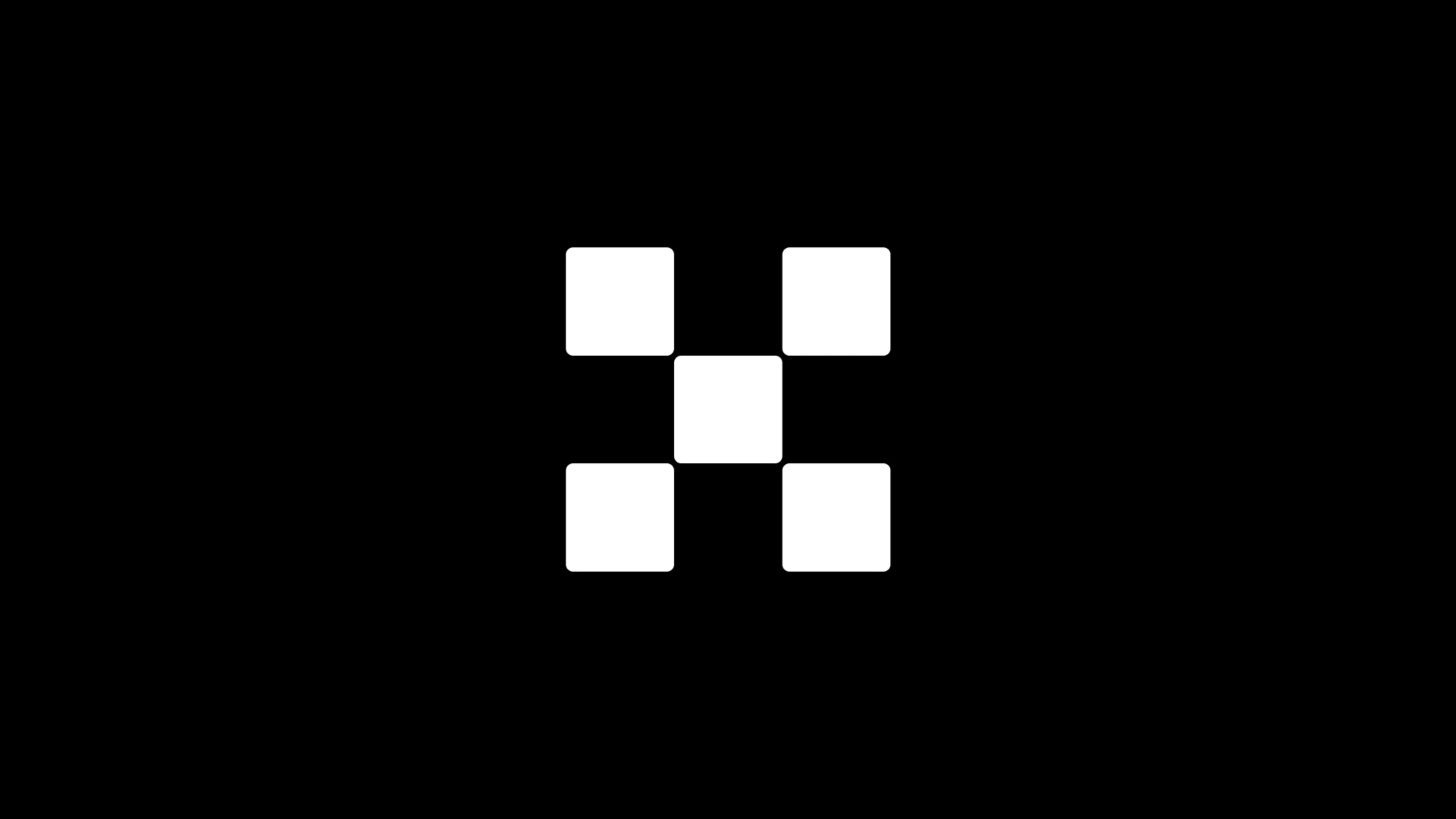Read the role and development direction of aggregation applications in DeFi
Written by: Ash Egan, working at technology venture capital firm Accomplice VC
The term DeFi ( Decentralized Finance) was coined in 2017 and has since grown rapidly, breaking up various financial transactions into an open, license-free system. This article will focus on the modular nature of decentralized finance and the role of aggregators ( or aggregators ) in the DeFi world.
In December 2017, MakerDAO launched Dai, an encryption-based stable currency built on the Ethereum network. As the Dai and Maker tool components become the core building blocks of decentralized finance, the Maker team has become the darling of decentralized finance in many ways. When the Ethereum price fell from $1,400 to $80, Dai, which was anchored with the dollar, stood the test, earning people's trust and ensuring its status as a decentralized financial trading medium.
A particularly interesting trend in decentralized finance is the shift to "aggregate applications, or aggregators." Aggregate applications are a user-oriented product built on a decentralized infrastructure. The aggregator emphasizes improvements to the UX/UI (user experience/user interface) rather than the liquidity layer , while the liquidity layer focuses on improving the underlying core functions such as lending, trading, and more.
- BTC rebounded and rebounded back to $8,200, and the market is expected to pick up
- Babbitt column | Bitcoin is not a good value storage tool
- BM's "Summer Vacation" is finally over, and Block.one releases EOSIO 2 candidate.
To facilitate the establishment of a thinking framework, we use the following diagram to illustrate the modular nature of decentralized finance: the consensus layer (such as Ethereum) as a digital economy, supporting the two-tier structure, namely the liquidity layer and the application layer . It's worth noting that the liquidity layer has an open and unlicensed nature compared to a closed Web 2 API (application programming interface) .

Fluidity layer
Example: Maker , Compound , Kyber , Uniswap
The liquidity layer often uses ETH "locked in decentralized finance" as its KPI (key performance indicator) . At the time of writing, the total value of the locked Ethereum token is about $500 million. One of the most active sources of funding for locked ETH is MakerDAO's Collateralized Debt Positions (CDP) , which is supported by the newly created Dai token. When the mortgage debt bin opens (meaning that ETH will be locked in a smart contract) , the new Dai token will be cast, and the Dai token will be destroyed when the mortgage debt bin is closed.

In the liquidity layer, the three largest mobility protocols are Maker, Compound, and Uniswap, which provide direct services to aggregators and new users in the encryption industry.
The smart contract of the liquidity layer is not required to be licensed, and its source code is open to any third party (entity or individual) . You can consider the liquidity layer directly as an API without the consent of the API owner. As the liquidity layer becomes more attractive, network effects continue to increase, and the market is gradually becoming more competitive spreads and interest rates. In all lending environments, the greater the liquidity, the more favorable the interest rate, or if the supply exceeds the demand, it is easier to obtain low-cost credit services, and the lenders receive lower interest.
Compound and other mobility layers have built user-facing applications, but they have also promoted the exposure of a series of aggregators, including Argent , InstaDapp , Zerion, etc. (see Compound's homepage above) . The liquidity layer does have the potential to work harder to get people to use their client products or build their own tool components (such as DyDX recently launched their own market-making business) .
However, the first is to build a robust encryption infrastructure in the liquidity layer. The first is to build elegant, frictionless applications and aggregators. The DNA required by the two is completely different. In the case of Dharma , they initially tried to build their own protocols and provide user-oriented applications, and recently turned to pure aggregators to provide mobility to end users from Compound.
Aggregate application
Aggregation applications are leveraging decentralized financial liquidity to serve end-users and extend these services beyond the crypto-co-drivers. The aggregator usually puts the UX/UI in the first place, effectively improving the user experience without having to interact directly with the mobility layer, providing a first-class overall experience.
Looking back, the early Ethereum aggregators were more like repeaters like Radar Relay. Their goal was to provide a more intuitive user experience than direct interaction with 0x . Repeaters did improve the user experience of decentralized exchanges, especially It is a contract fillable liquidity .
Nowadays, the aggregator can provide more liquidity and adopt more user-friendly measures, such as taking away the cost of gas, moving the priority, and sometimes letting the user avoid the trouble of remembering the private key. These measures are effective. Decentralized financial liquidity is bridged to a wider range of mass users. As shown below, Argent weighs the pros and cons of Compound and MakerDAO in the liquidity layer, providing users with an elegant, mobile-first smart contract wallet.
As decentralized financial liquidity grows, the aggregator expands accordingly and provides a better user experience. For example, a savings account-based application, users only need to deposit dollars to get the corresponding interest, and do not need to understand the underlying decentralized financial smart contract or encrypted network. In this case, the dollar deposited by the user is immediately converted to Dai, after which a smart contract automatically assigns Dai to a DeFi protocol with the highest interest rate.
In the future, the aggregator's positioning also allows it to take advantage of centralized liquidity from certain companies, such as BlockFi , Coinbase and CoinList , which are considering opening application interfaces to users outside of themselves.
Not only that, but because the aggregator serves the user and is well positioned in the ecosystem, they are likely to develop mobility outside the Ethereum decentralized ecosystem, such as Tezos or Near .
Aggregators are the biggest driver of "interoperability", allowing end users to switch to Tezos or Near, if the DeFi rates on these networks are more competitive than Ethereum's DeFi (regardless of the true and false, Ethereum is not encryption at all) AOL) . Of course, power comes from responsibility, and the aggregator must weigh itself to promote fixed or variable interest rates, and at the same time be able to cope with the regulatory system.
Ultimately, the aggregator may commercialize the liquidity layer, similar to Ben Thompson's stated in Aggregation Theory , because the aggregator defines the user experience and controls circulation.
Chain smell note:
Of course, this will not happen in the short term, because the aggregator is still very dependent on the liquidity layer (such as borrowing/loaning interest rate) , but with more aggregators and reaching a wider audience, We may see that more aggregators try to fork the underlying fluidity layer. Of course, it is still too early to say this, and my point of view remains the difference in DNA between the two mentioned above.
Tool component
Without liquidity, it is impossible for aggregators to develop rapidly, but as important as liquidity, there are various tool components associated with decentralized finance. The tooling component accelerates the development of the application layer, making applications "plug and play" without having to build their own mobility, stable currency or other cryptocurrency infrastructure.

I am excited to find that more and more entrepreneurs are experimenting and exploring various tool components and decentralized financial modules and open mobility, such as lottery pools, DAO (Distributed Automated Organization) and joint pension insurance (tontines). And so on, these have the opportunity to subvert the geographically restricted, centralized financial products.
to sum up
Ethereum's decentralized financial liquidity and tooling components are becoming more sophisticated, and its open and modular nature allows anyone to build aggregators and use-centric applications. All of this has become possible, although Ethereum currently handles only 12-15 transactions per second. With the rise of the new digital economy, increased liquidity, and improved tooling components, the aggregator is expected to provide a larger sandbox.
Of course, the aggregator's way forward is not always smooth, it is destined to bypass all of DeFi's modular features – decentralization and openness, and black swan events that could damage the entire system.
Some people have already called decentralized finance "card house" because it relies too much on Dai, the oracle (Oracle) may have attack holes and the possible centralization of the decentralized financial agreement.
However, I am more optimistic. I think modularity is not the Achilles heel of DeFi, and the world is turning to a globally accessible and unauthorized system ( Ethereum is in this direction) . All in all, it is expected that by December 2020, the locked-up Ethereum will have twice the year-end value (more than $1 billion) , and the aggregator will provide end users with greater liquidity, possibly Most proportions of the fluidity layer.
Special thanks to Hart Lambur, Clay Robbins and Katherine Wu for their feedback on this article.
Some issues worth considering
1. If the aggregator becomes the main beneficiary because it has obtained the user, then who will maintain the agreement to decentralize finance? MKR is the governance token of MakerDAO and seems to be a good model for incentive agreement participation. I think many liquidity layer agreements are probably considering launching their own governance tokens, or tokens like dividends.
2. The business model of the liquidity layer is still not clear if it does not consider entering the gray area of supervision. Some projects have effective token economics, and their use adds value to the native currency of the liquidity layer. These projects are the most interesting (similar to the first question) .
3. What happens if the current contract of the liquidity layer is destroyed due to the upgrade of Ethereum in the future? This seems to be a very headache, but it will happen mostly, which will greatly limit the life of decentralized financial products (you can't currently build a 100-year asset in Ethereum because it is 100% possible) Will crash on ETH2.0) .
4. What happens if the network value of a single liquidity layer or the asset management scale of an aggregator grows beyond the value of its underlying digital economy (eg, the network value of MKR exceeds the network value of ETH) ?
5. Will the interest rate of decentralized financial products outweigh the centralized financial products? In theory, decentralized financial products should provide better interest rates than centralized services because they no longer need "intermediaries", and liquidity is a competitive market. However, the ETH rate on BlockFi (3.3 %) is more competitive than the current interest rate for decentralized financial products (less than 1%) .
6. The network effect on the liquidity layer is very real, and it is now difficult to build another compound. However, the price/spread is still very important. If Compound charges a higher fee, it will theoretically be forked and liquidity will be transferred to that cheaper version.
Source: Chain News ChainNews
We will continue to update Blocking; if you have any questions or suggestions, please contact us!
Was this article helpful?
93 out of 132 found this helpful
Related articles
- Weekly | One article grasps the national day seven days of industry news
- Market Analysis: Zhongyang Line has not changed the trend direction, the market outlook is still bearish
- Wall Street Journal: Bakkt futures are disappointing, as will Bitcoin ETFs
- Looking at the blockchain from Ripple for ten years: How will the phased revolution of digital finance begin?
- PayPal withdraws from Libra, Visa and MasterCard hesitate, and the digital currency of Facebook is yellow?
- Bitfinex and Tether are mired in litigation, and investors say they create "the biggest bubble in human history."
- Babbitt's first launch | Deng Jianpeng: The Enlightenment of the International Practice of "Regulatory Sandbox" to the Blockchain Industry






